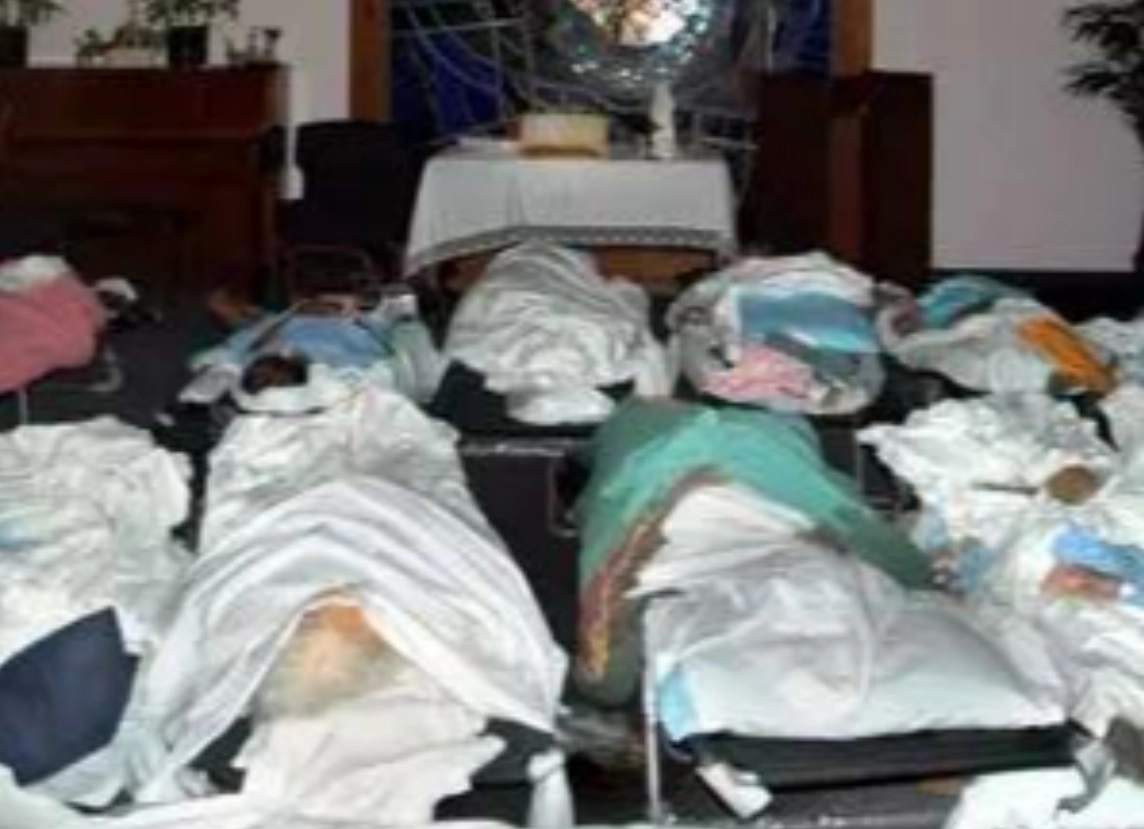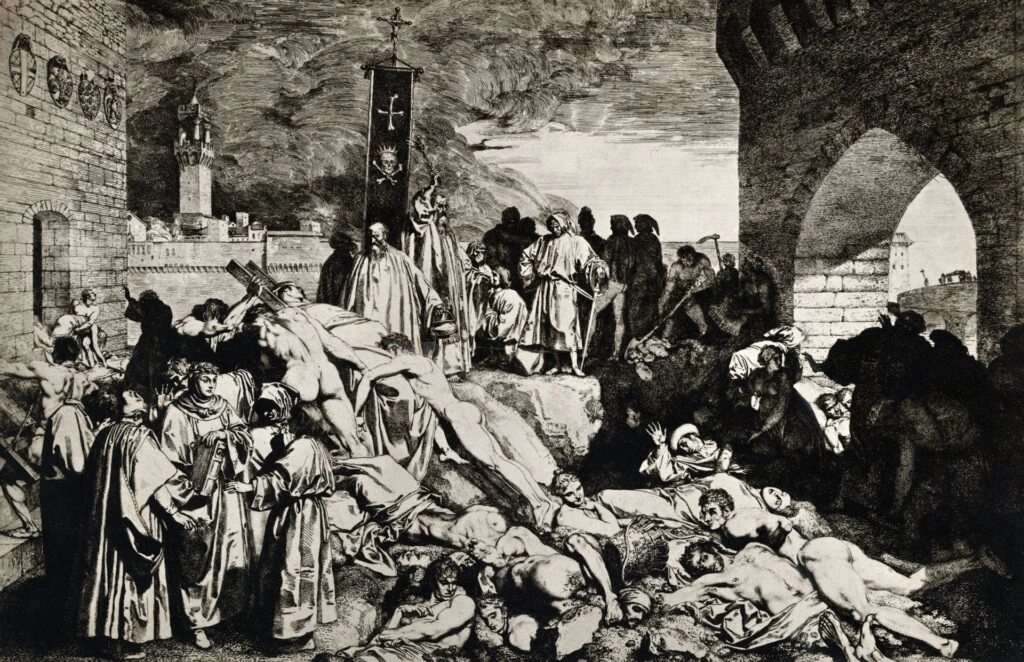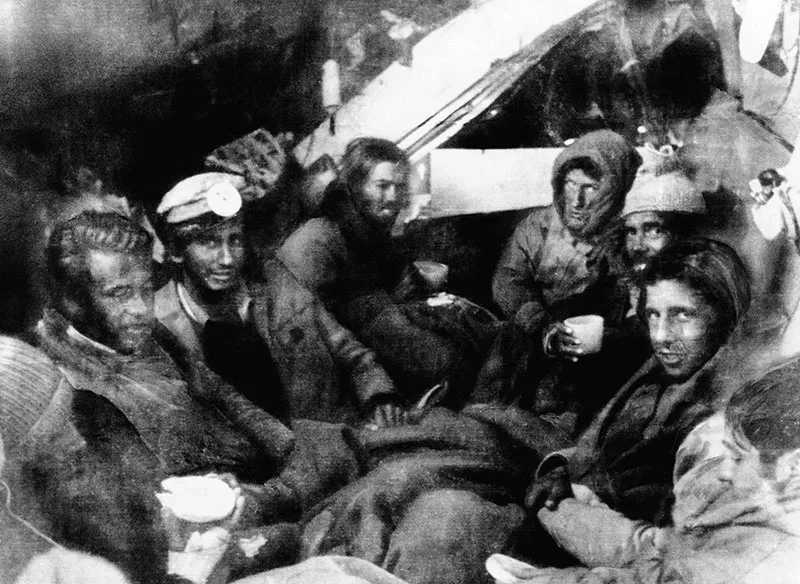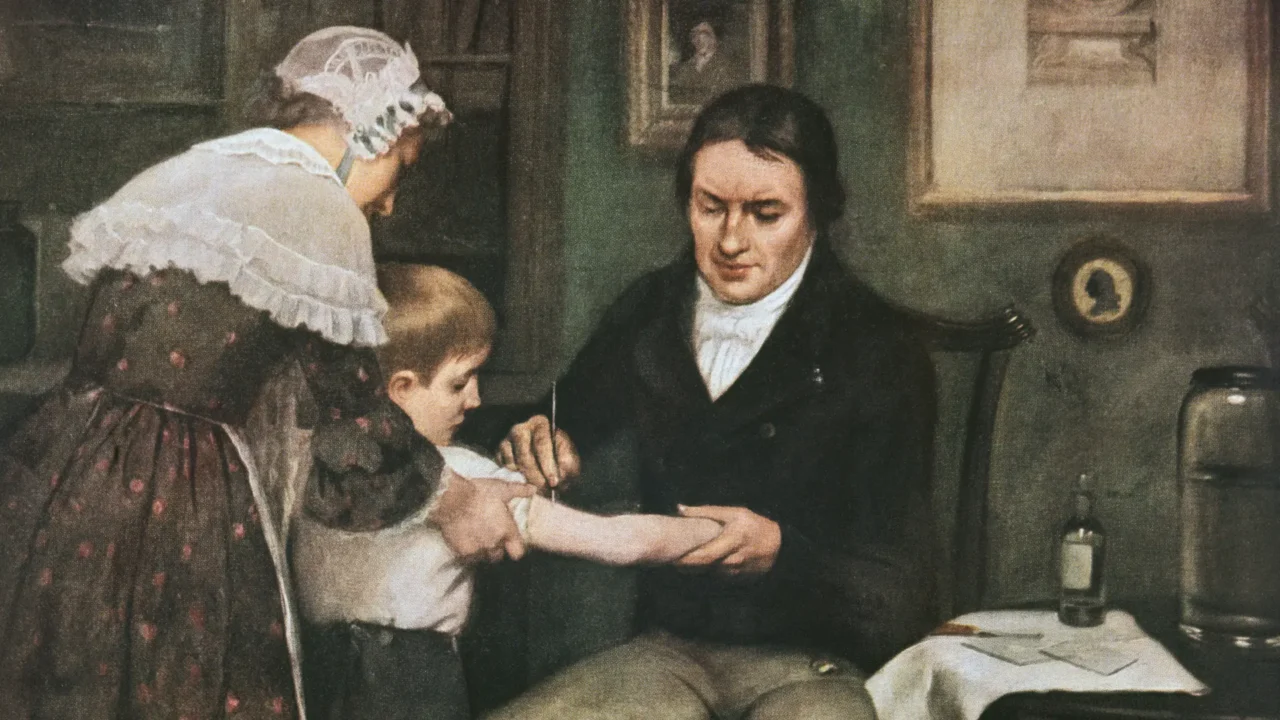It was August 29, 2005—Hurricane Katrina came, and it didn’t just wreck the city, it shattered lives. Memorial Medical Center, a giant hospital in New Orleans, became a place of horrors no one should have to witness. But that’s the nightmare that unfolded.
The storm was already chaos, but the aftermath? It was unimaginable. The hospital’s backup generators failed, leaving the building to suffocate in heat. Inside, the temperature climbed over 100°F. People were stuck in their beds, too weak to even scream for help. And the floodwaters began to rise, creeping in, filling the halls, turning the hospital into a deathtrap. People were drowning—suffocating. And all the while, the doctors and nurses, including Dr. Anna Pou, had to make choices no one should ever have to make.
The first thing they had to do was decide who could be saved. The babies, the ones who could survive with a little more care, were pulled to safety. ICU patients, the ones whose lives depended on machines that no longer worked, were next. But after that, the sickest, the ones with no chance at survival, were left. It was just too much. There was nothing else to do.
But then came the real horror. Days passed. The floodwaters didn’t stop. The heat didn’t stop. And the hospital—Memorial—turned into a suffocating nightmare. Dr. Pou and her team walked the halls, looking at the patients who were too weak, too frail to survive the conditions. They were just… too far gone. And they made a decision. To end it. Quickly. Mercifully. They injected patients with lethal doses of morphine and painkillers, watching as their bodies slipped away, hoping for the peace they could no longer give.
It didn’t take long before the bodies piled up—45 dead. 45 souls lost in the aftermath. But there were whispers. Were they all just victims of the storm, or had some been put down intentionally? Had some been helped into death by the hands of the very people who were supposed to save them? Some witnesses later said they saw it with their own eyes—Dr. Pou and the others decided to hasten their death. A mercy killing. But was it mercy? Was it a choice, or just a dark result of desperation?
And then, the investigation came. 2006. They arrested Dr. Pou, nurses Cheri Landry and Lori Budo, on charges of second-degree murder. The story twisted even more as court documents surfaced. It was clear. The decision had been made, in whispers, in the dark corners of that hospital. The bodies were piling up, and the doctors had decided who would stay and who would go. But Dr. Pou—she defended herself. She said she didn’t create the chaos. She didn’t create the heat, the suffering. She was just trying to help. But was it really help? Or was it just the horror of knowing that the only way out was through death?
The grand jury didn’t find enough evidence to charge her. No second-degree murder. But how could anyone ever look at what happened and say it wasn’t murder? How do you even justify hastening someone’s death? When the hospital is drowning, when there’s no help, no escape, do you put them out of their misery? Or do you keep fighting until the very end? Memorial Hospital became a graveyard for those left behind—abandoned by the world, left to die, some with mercy, others just forgotten.
The mercy killings at Memorial aren’t just a story—they’re a haunting, a nightmare that no one can shake. The question that lingers is this: what’s the cost of mercy when the world falls apart? And when the darkness takes over, what’s left of our humanity?
Source - https://archive.nytimes.com/www.nytimes.com/2009/08/30/magazine/30doctors.html



